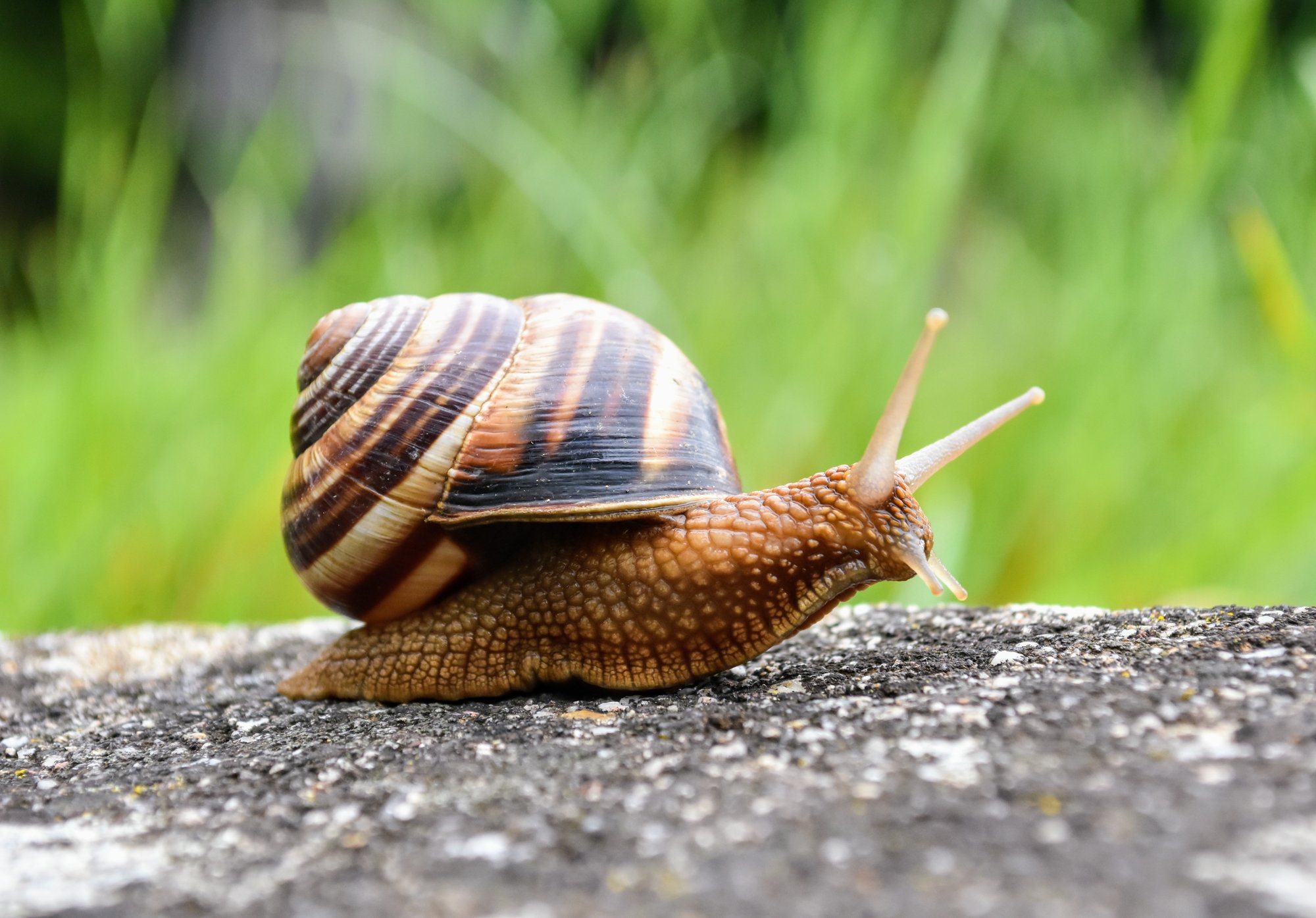Slugs and snails that live in busy urban environments usually avoid the hustle and bustle of the city.
But recent research suggests that these mollusks are a unique exception, and have a surprising penchant for the Los Angeles urban landscape.
This fascinating behavior offers valuable insights into urban biodiversity and provides a roadmap for urban planning and conservation efforts.
Slugs and snails among the diverse inhabitants of the city
The study, conducted by researchers including Joseph Carty of the University of California, Los Angeles, used iNaturalist, a comprehensive database of species observations by professional and community scientists.
The researchers analyzed the data to calculate an “urban tolerance score” for 512 terrestrial animal species native to Southern California.
These species were divided into various categories, including mammals, reptiles, amphibians, birds, butterflies, moths, spiders, bees, wasps, and especially slugs and snails.
Prefers developed areas of cities
The findings revealed clear trends: Most native species prefer less urbanized areas, while slugs and snails are more commonly found in areas with more urban development.
In contrast, butterflies and moths had the lowest tolerance for urban environments, and other groups, such as mammals and reptiles, also showed a significant aversion to urban areas.
Species such as ladybugs, spiders and birds are somewhat adaptable but generally prefer less urbanized environments.
Improving urban biodiversity
This research is crucial for urban planners looking to increase biodiversity in their cities: for example, observed butterfly distribution patterns can guide targeted conservation efforts, such as efforts to protect the endangered Palos Verdes blue butterfly.
Additionally, this study establishes a benchmark for evaluating the effectiveness of local biodiversity programs.
Although the use of crowdsourced data is not without limitations, such as potential bias in species detection, it has proven to be a powerful tool for understanding and managing urban ecological communities. The richness and accessibility of the data make it an excellent resource for ongoing environmental efforts.
Understanding urban impacts on native species
The researchers worked with the City of Los Angeles to study the distribution of native species, such as slugs and snails, across the city. They also looked at the relationship between native species and urban intensity.
“We sought to understand how native species are distributed within the city and explain their association with urban intensity,” the study authors noted.
We find that, on average, native species are negatively affected by urbanization intensity, but that areas with higher levels of urbanization tend to harbor more species that are tolerant to urbanization.
The methodology developed for this study will be periodically reevaluated to allow tracking and strengthening of efforts to maintain and increase native species populations in urban environments and align ecosystem health with urban development.
Los Angeles landscape
Los Angeles slugs and snails thrive in the city’s mix of greenery, moisture and hiding places. The city’s diverse landscape combines natural and man-made elements to provide an ideal habitat for these mollusks.
Los Angeles is known for its vast urban areas dotted with parks, gardens, and green spaces. These green spaces across the city are home to a variety of plants that provide essential food and moisture for slugs and snails.
Residential yards, especially those with lush plants and mulched soil, create the perfect microhabitat for these creatures: they hide under leaves, stones and garden debris, protecting them from predators and harsh weather conditions.
Additionally, city irrigation systems and regular watering of lawns and gardens create the moist environments that slugs and snails love.
Water is essential for animals’ survival because it helps them move and keeps them from drying out. Urban structures such as walls, fences and buildings also provide extra protection, shade and make urban landscapes more attractive.
Slugs and snails in the city
The surprising finding that slugs and snails prefer urban areas highlights the complex nature of urban ecosystems and the different effects that urbanization has on different species.
Using community-contributed data and rigorous scientific analysis, researchers and urban planners can better understand these dynamics and work towards creating more biodiverse and resilient urban environments.
The study is published in the journal PLoS ONE.
—–
Liked this article? Subscribe to our newsletter for more fascinating articles, exclusive content and updates.
Check it out with EarthSnap, a free app brought to you by Eric Ralls and Earth.com.
—–

